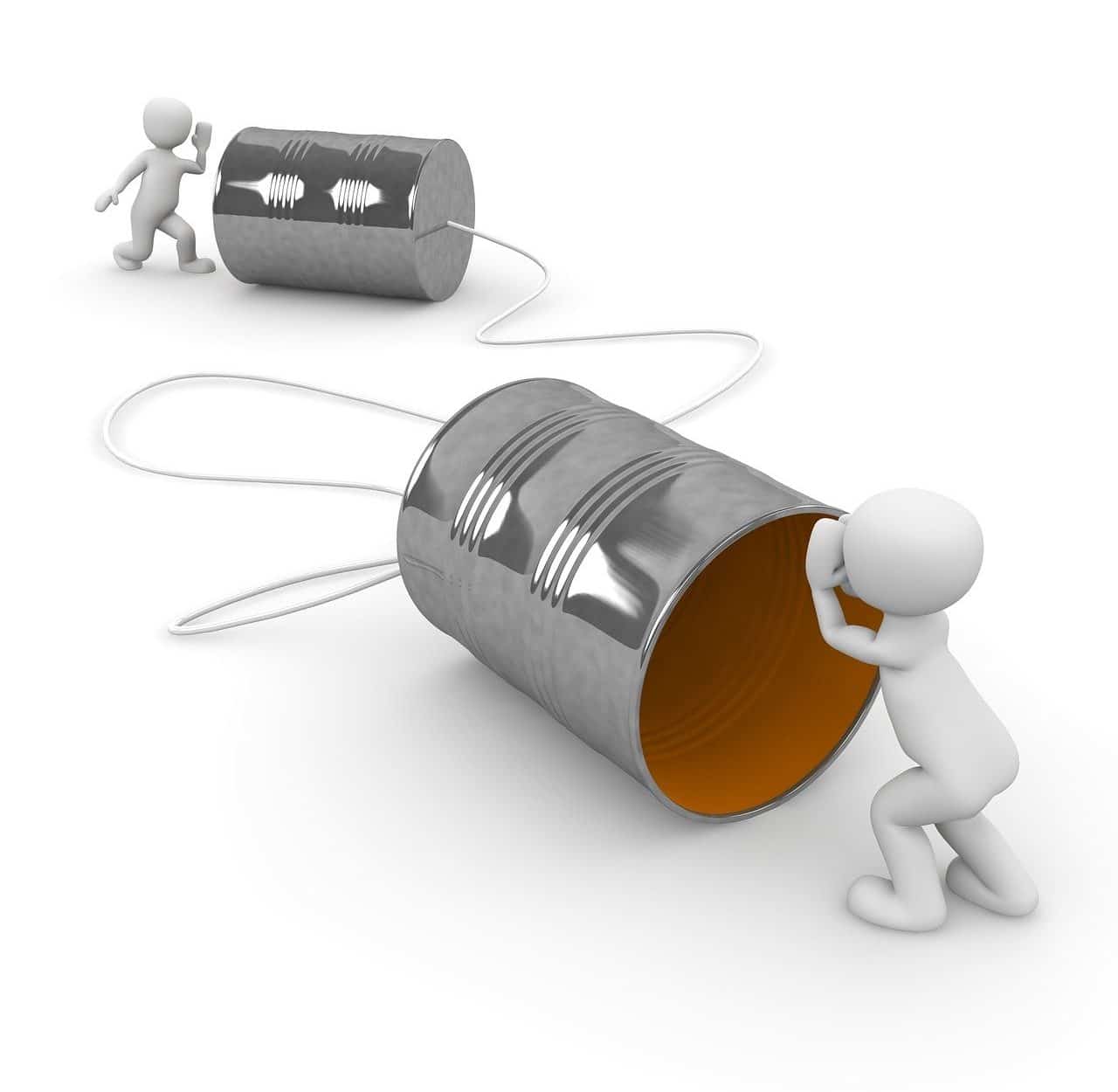
Oral communication requires clarity, fluency and coherence when speaking, in addition to taking care of pronunciation and using vocabulary according to the context or scenario of the presentation, dialogue or speech that is carried out.
Oral communication is a resource for issuing and transmitting information that uses spoken verbal expression to generate and pronounce a message. It should be noted that its field of application is very extensive and diverse: it is used when making a business or academic presentation , when intervening in a negotiation or discussion with a view to resolving a conflict or reaching an agreement, in any meeting or job interview . and to participate in a public talk or debate , for example.
In order to be carried out, the participation of at least two individuals is required: one in the role of sender (who must use his or her voice) and another (or others) as receiver/s or addressee/s of the content disclosed through the speaks . It is also essential that there be a shared linguistic code between those involved and an optimal channel (the air, to name the most common).
Good articulation of the voice in order to achieve clarity in diction or pronunciation , correct intonation , optimal management of silences and a great command of vocabulary are part of the issues that make for a positive or satisfactory experience in terms of communication. oral
Distinctive features of oral communication
When reviewing the characteristics of oral communication or analyzing this modality based on its practical application, multiple distinctive features are revealed that allow it to be easily differentiated from, for example, written communication .
The immediacy associated with the exchanges of information that occur in a conversation and the possibility of having instant feedback are two of its peculiarities.
It is interesting to note that technology has enormously transformed the profile that oral communication has had. When the Internet or telephone did not exist, the dialogues were exclusively direct and face-to-face, in addition to being ephemeral in nature: yes, two or more subjects had to be in the same environment simultaneously. Closer in time, the use of modern devices that allow recording and sending audio made it possible for the voice to be used to generate messages and reproduce and answer them remotely.
Another point that makes oral communication unique is the use of sound waves , since they are necessary for the message to reach its destination. Likewise, it is usually a method that does not prioritize formal language but rather colloquial expressions .
Complementing it with support elements such as gestures , body language and eye contact , allowing improvisation in certain contexts and being bidirectional (that is, with constant feedback ) are other distinctive features of oral communication .

Government officials and those who specialize in a scientific discipline, for example, often present ideas and give speeches to a large number of listeners.
Classification
It is enriching to learn about the different types of oral communication that are usually recognized in everyday life on a global scale.
At least a couple of human beings tend to strengthen ties with each other and with others, naturally appealing to interpersonal communication . Solid and positive bonds are built based on dialogues that are developed within a framework of respect and empathy .
Oral discourse , when the situation requires it, can even be oriented towards group communication , which can occur in a group of friends or in the workplace when employees are called to a work meeting .
Direct oral intercultural communication and public communication are also considered as variants of oral communication .

In debates, two or more individuals share and exchange, in an organized manner and in a specific time as determined by the moderator, data, views and substantiated opinions on one or more topics.
Oral communication skills
Developing, exercising and enhancing oral communication skills is advisable and useful at all stages of life. By knowing how to get the most out of speech, interacting with others, making yourself understood through words, or achieving the desired effect on your interlocutors is much simpler and faster.
By cultivating oratory, clarity is achieved in the transmission of information, a coherently structured speech and the desired result in the audience , whether it is making the public delight, be moved or convinced about a certain issue. Attending communication courses or public speaking workshops provides tools around this and nurtures self- confidence , thus minimizing the risk of feeling insecure or stage fright when facing listeners.
To strengthen expression and communication skills , it is suggested to practice active listening , not rely on visual supports when making a presentation (it is preferable to use non-verbal signals and sufficiently convincing language) and master one's own emotions.
Focusing on non-verbal communication , accepting or requesting comments or feedback with the purpose of receiving and taking into account multiple views or points of view and getting used to speaking in front of a large audience are other tips that help improve oral communication .
It is also important to work on the art of argumentation , knowing how to give forceful arguments and having skills linked to the universe of refutation .
